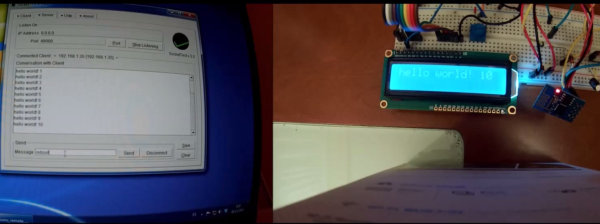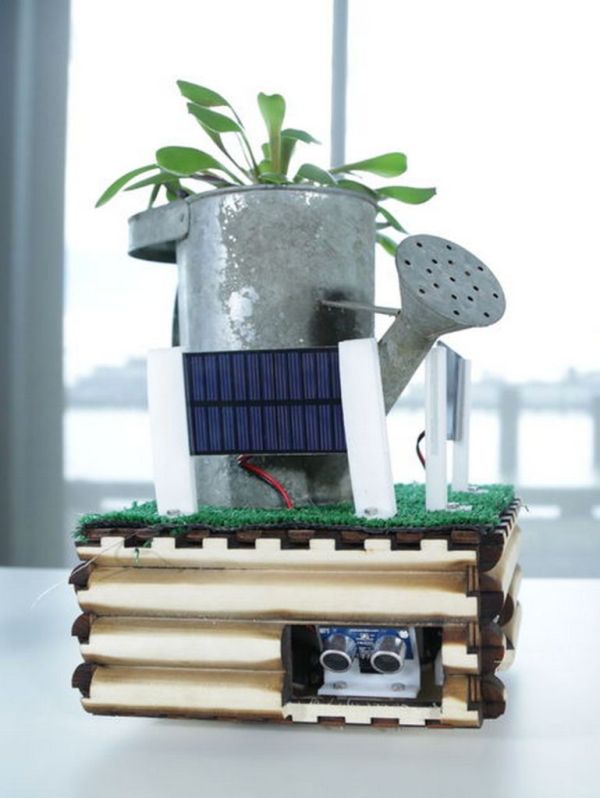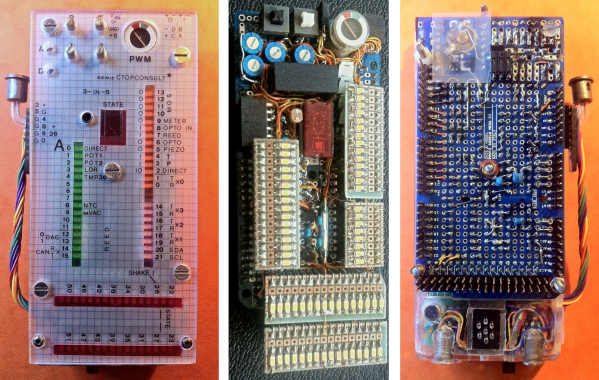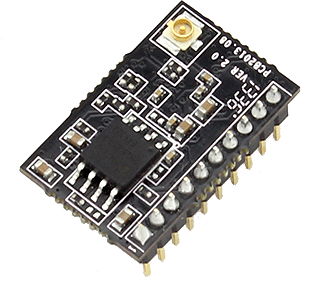What do you do when you have an F-16 sitting around, and want to have some blinking navigation lights? We know of exactly one way to blink a light, and apparently so does [Dr. Craig Hollabaugh]. When asked to help restore an F-16 for the National Museum of Nuclear Science and History in New Mexico, [Craig] pulled out the only tool that should ever be used to blink navigation lights on an air superiority fighter.
[Craig]’s friend was working on getting an F-16 restored for the Nuclear Museum, and like anyone with sufficient curiosity, asked how hard it would be to get the navigation lights working again. [Craig] figured an Arduino would do the trick, and with the addition of a shield loaded up with a few mosfets, the nav lights on an old F-16 would come to life once again.
The board doesn’t just blink lights on and off. Since [Craig] is using LEDs, the isn’t the nice dimming glow you’d see turning a normal incandescent light off and on repeatedly. To emulate that, [Craig] is copying Newton’s law of cooling with a PWM pin. The results are fantastic – at the unveiling with both New Mexico senators and a Brigadier General, everything went off without a hitch. You can see the unveiling video below, along with a few videos from [Craig]’s build log.

















